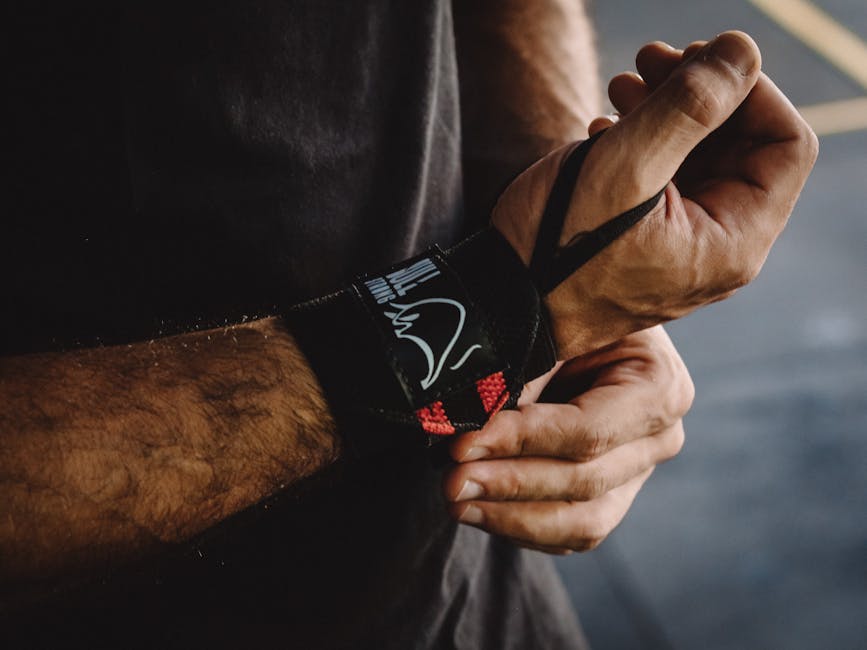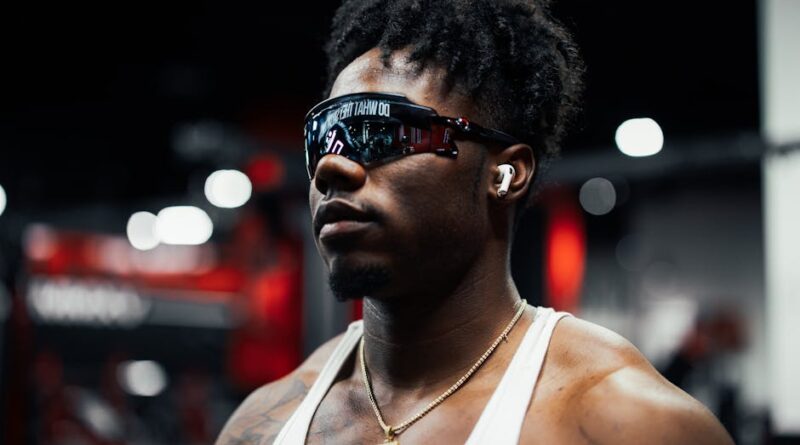Unleashing the Power of Fitness Wearables
Fitness wearables are changing the way we think about health and exercise. Have you ever wondered how a small device can track your heart rate, steps, and even sleep patterns? These gadgets are not just trendy; they can help you lead a healthier life. In fact, a study showed that people who use fitness trackers can boost their physical activity by up to 30%!
Lets dive into the world of fitness wearables. Well explore what they are, how they work, and why you might want to have one.
What Are Fitness Wearables?

Fitness wearables are small devices you can wear on your body. They track your activity levels, heart rate, and even your sleep. Common examples include smartwatches, fitness bands, and heart rate monitors. Most of these devices sync with your phone or computer, allowing you to see your data easily.
But they are more than just high-tech gadgets. They can motivate you, help you set goals, and even remind you to take breaks. In todays fast-paced world, they can be a lifeline to better health.
How Do Fitness Wearables Work?

Fitness wearables use sensors to collect data about your body. For example, accelerometers measure movement, while heart rate monitors track your pulse. Heres how they typically work:
- Tracking Steps: Most devices use accelerometers to count your steps. When you walk, the device senses the movement and adds to your total.
- Monitoring Heart Rate: Optical sensors shine a light on your skin to measure changes in blood flow, helping you see how hard your heart is working.
- Sleep Tracking: Some wearables monitor movement during sleep to determine how well you’re resting. They can tell if you’re in light or deep sleep.
With all this data, you can learn about your habits and make better choices. But how can this information help you achieve your fitness goals?
How Can Fitness Wearables Help You?

Fitness wearables can be powerful tools for reaching your health goals. Here are a few ways they can help:
- Setting Goals: You can set daily step goals or calorie counts. Seeing real-time progress can motivate you to move more.
- Tracking Progress: Monitoring your workouts helps you see what works and what doesnt. Adjust your routine based on your data.
- Reminders: Many devices send reminders to stand or move after sitting for too long. This can help combat a sedentary lifestyle.
- Social Motivation: Some wearables allow you to connect with friends. You can share achievements and challenge each other.
Lets break down these benefits further.
Can Wearables Improve Your Workout Routine?

Absolutely! Fitness wearables can tailor your exercise regimen. For instance, if you’re training for a marathon, you can track your distance and pace. This data helps you adjust your training plan.
Suppose you notice you’re not improving your speed. Your device may suggest interval training to enhance your performance. This personalized feedback can lead to better results.
Are All Fitness Wearables Created Equal?
No, they’re not! The market is flooded with options, and each has different features. Here are some key factors to consider when choosing one:
- Features: Do you want heart rate monitoring, GPS, or sleep tracking? Make a list of must-have features.
- Battery Life: Some devices may need a charge every few days, while others last weeks. Consider how often you want to charge.
- Price: Fitness wearables can range from budget-friendly to high-end. Determine your budget before shopping.
- Compatibility: Ensure the device syncs with your smartphone or other devices you use.
By knowing what you want, you can find the right wearable for you.
Do Fitness Wearables Really Motivate You?
Many users say yes! The data from wearables creates a sense of accountability. For example, if you see you haven’t reached your step goal, you might feel inspired to go for a walk.
Research supports this. A study from the American Journal of Preventive Medicine found that people who used fitness trackers increased their physical activity significantly. This motivation can help you build lasting habits.
What About Data Privacy?
With the benefits of fitness wearables come concerns about data privacy. Many users worry about how their information is stored and used. Here are some important points:
- Data Security: Most reputable brands take your data security seriously. They use encryption and other measures to protect your information.
- Sharing Options: You can often choose what data to share on social media or with friends. Control your privacy settings!
- Read the Fine Print: Before purchasing, read the privacy policy to understand how your data will be used.
Being informed helps you enjoy your wearable while keeping your data safe.
What Are Some Popular Fitness Wearables?
Here are a few leading fitness wearables worth considering:
- Fitbit: Known for step tracking and heart rate monitoring. Great for beginners.
- Apple Watch: Offers a wide range of features, including GPS, heart monitoring, and app integration.
- Garmin: Ideal for serious athletes. Offers advanced metrics and GPS tracking.
- Xiaomi Mi Band: Budget-friendly option with essential features like step tracking and sleep monitoring.
Each of these options has unique strengths. Consider what features matter most to you.
How to Get Started with Fitness Wearables?
Starting with a fitness wearable is easier than you think! Here are some steps to guide you:
- Choose Your Device: Refer to the previous section for popular options. Choose one that fits your needs and budget.
- Set Up Your Device: Follow the instructions to sync it with your phone or computer. Customize your settings.
- Start Tracking: Begin with small goals. Aim for a specific number of steps each day and gradually increase.
- Review Your Data: Regularly check your progress. Use the data to adjust your goals and routines.
Remember, the key is consistency. With time, youll see improvements!
What are the Common Misconceptions?
Many people have misconceptions about fitness wearables. Lets clear a few up:
- they’re Only for Athletes: Wrong! Beginners, casual exercisers, and anyone wanting to lead a healthier lifestyle can benefit.
- they’re Too Complicated: Most devices are user-friendly. You don’t need to be tech-savvy to use them.
- they’re Only for Tracking Exercise: Fitness wearables track sleep, stress, and even mindfulness. They offer a holistic view of your health.
don’t let these misconceptions hold you back from trying a wearable!
Final Thoughts: Is a Fitness Wearable Right for You?
Choosing to invest in a fitness wearable can be a game-changer for your health journey. They provide valuable insights, motivation, and accountability. Whether you want to lose weight, train for a marathon, or simply stay active, a fitness wearable can help.
So, are you ready to unleash the power of fitness wearables? Make a plan, set your goals, and take the first step toward a healthier you!
For more tips on health and fitness, check out our [related post on healthy habits](#)!
Want to learn more? Explore the latest trends in fitness wearables on [Healthline](https://www.healthline.com/nutrition/best-fitness-trackers).



